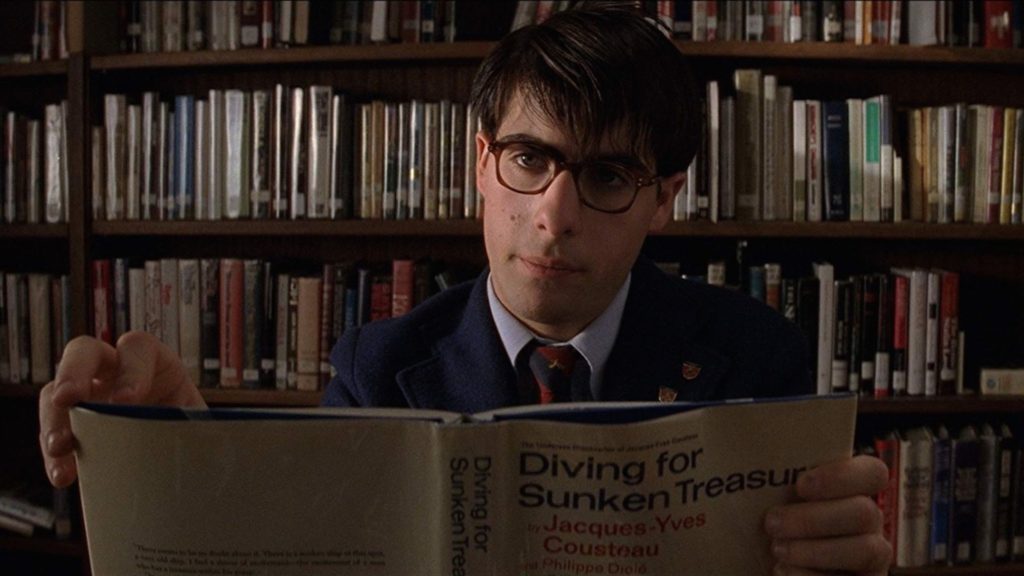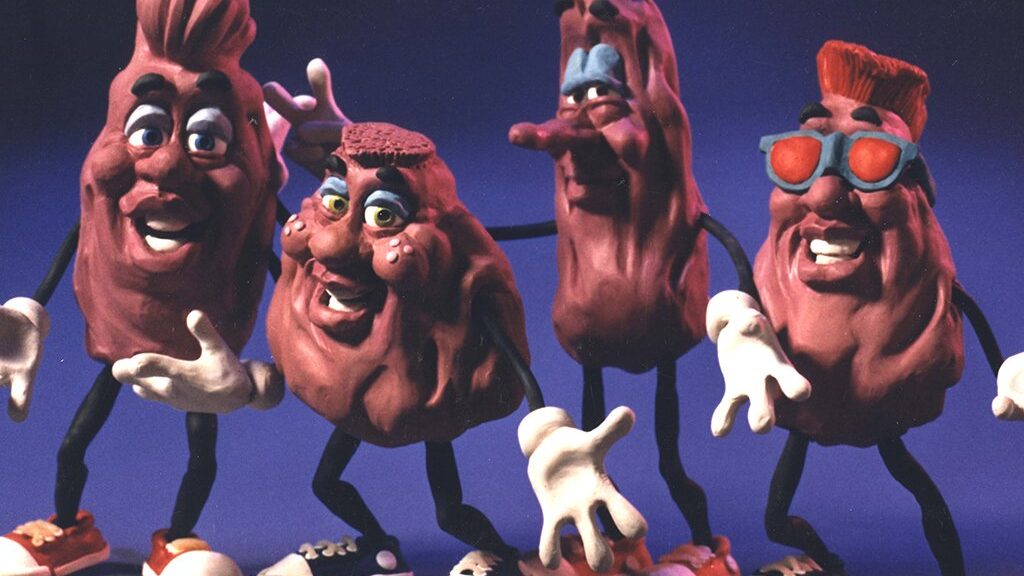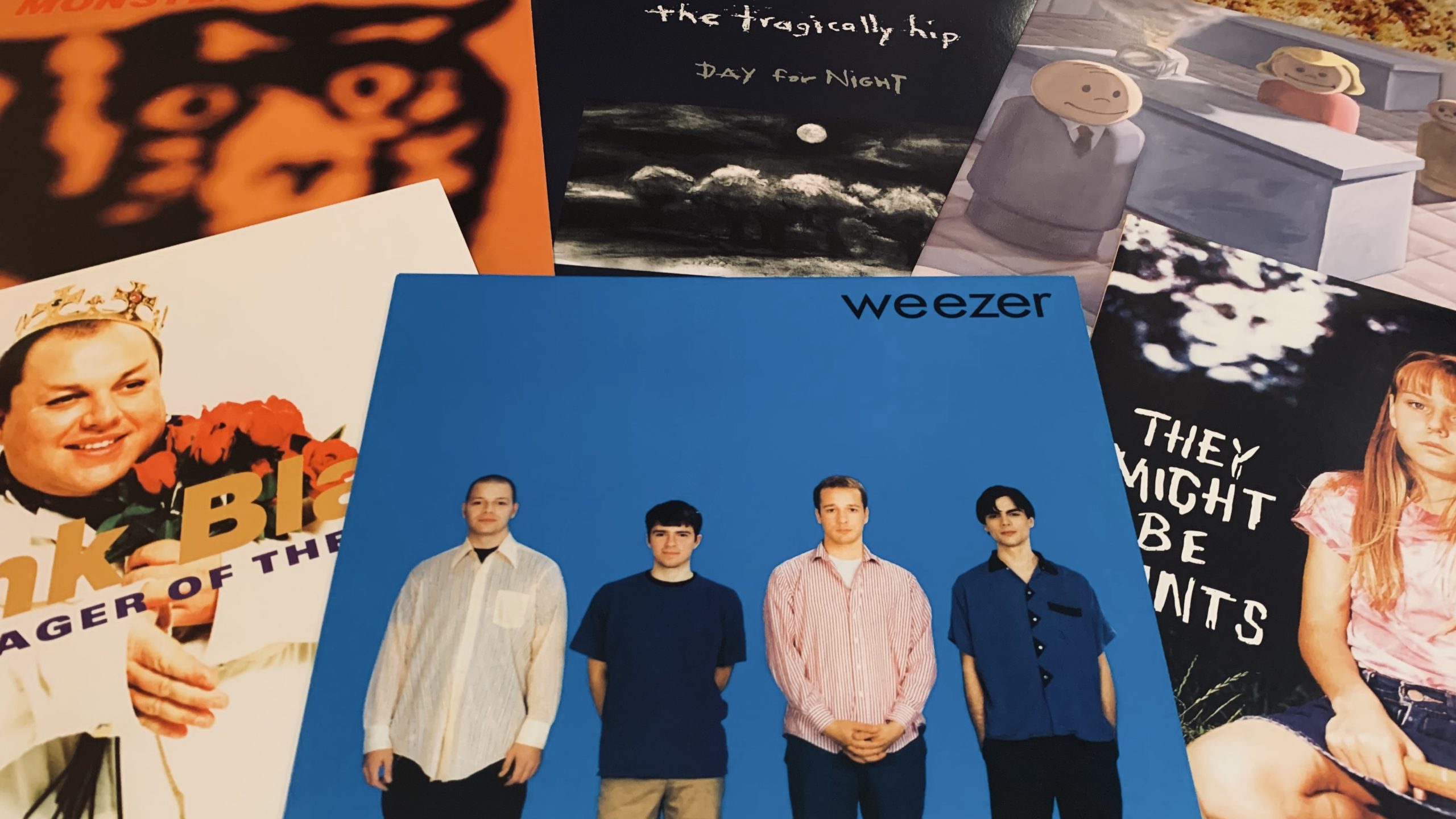Tastemaker is a recurring feature in which Strange Currencies contributors share stories of the events, experiences, and cultural artifacts that helped in shaping their musical tastes.

I bought my first DVD player in the summer of 1999. Still something of a novelty, the player – which I also paired with a then-state-of-the-art MiniDisc deck/discman bundle – set me back $400. It was the first “major” purchase that I ever put on a credit card, but as a full-time college student and full-time worker who was still living at home with my parents, I considered it a defendable indulgence.
The first film that I ever watched on it was Wes Anderson’s second movie, Rushmore – just recently released to home video. Despite its strong critical reception, I had missed seeing Rushmore on the big screen. If I remember correctly, it never actually played at the then-only theatre in Flagstaff. Watching it with a friend, I was immediately taken by the film – so much in fact, that I watched it again the next night with my brother. Twenty-plus years later, it remains my favorite movie.
While Anderson’s storytelling, character development, and attention to visual detail were enough to make Rushmore a great film, for me at least, it was the musical cues that truly made it such an endearing movie. Over the previous year-and-a-half, I had been diving into “older” music for the first time – particularly Bob Dylan, and a handful of other 60s-70s artists. The Rushmore soundtrack – a mix-tape-of-sorts, curated by Anderson and his musical supervisor Randall Poster – provided something of a crash course for further studies.
Perhaps the most iconic musical cue in the film is the one that introduces its main protagonist, Max Fischer (Jason Schwartzman). Set to a montage of Fischer’s many extracurricular exploits, The Creation’s 1966 single “Making Time” establishes Anderson’s love of the British Invasion. One could be forgiven for thinking that they were listening to The Who, as the band’s explosive sound – and Kenny Pickett’s Daltrey-esque vocal – is more than a little reminiscent of their more famous London counterparts.
In the liner notes to the Rushmore soundtrack – which I purchased a few weeks after seeing the film for the first time – Wes Anderson mentions that his original plan was to score the entire movie with songs by The Kinks. While they ultimately ended up with only one song in the final version of the film, it’s in one of the most memorable scenes – an early glimpse into the less-than-perfect life of Bill Murray’s character, Herman Blume. I had only a basic “classic rock radio” knowledge of The Kinks beforehand, but in the months following my first viewings of Rushmore, I purchased a compilation of early Kinks tracks that would become my gateway into their catalog.
The one band that I did already have a pretty good familiarity with prior to Rushmore was The Who. My older brother and I had co-purchased a cassette of the compilation Who’s Better, Who’s Best when I was ten years old, and it became a staple of road trips in the family Suburban. I was, however, not yet familiar with “A Quick One, While He’s Away,” which soundtracks the great “revenge” scene between Fischer and Blume, as they fight over the affection of Rosemary Cross (Olivia Williams). It would prompt me to finally discover The Who beyond their singles, as I purchased Tommy, The Who Sell Out, and A Quick One within weeks of seeing Rushmore.
My favorite scene in Rushmore is the “November” montage, which moves the film into the “redemption arc” of its third act. It’s set to The Rolling Stones’ “I Am Waiting” – one of Anderson’s best uses of a lesser-known song by a well-known band. Disappointingly, licensing issues prevented its appearance on the soundtrack album, but that shortcoming ultimately prompted me to purchase a copy of Aftermath in the fall of 1999 – my first Stones album in a now-complete collection.
The only artist with more than one song to appear on Rushmore – other than Mark Mothersbaugh, who composed the excellent baroque-pop instrumentals that add immense charm to the film – is Cat Stevens. While Stevens’ early song, “Here Comes My Baby” provides a warm counterpart to an upbeat scene in the film’s middle third, it’s his Teaser and the Firecat opener “The Wind” that gives additional poignancy to Max Fischer’s redemption scene.
The Fischer/Blume partnership that had been set ablaze in the film’s second act is revived in its third, and it’s the scene that finds them putting Fischer’s most ambitious plan into action – set to John Lennon’s “Oh Yoko” – that solidifies their reconciliation. At the time, I was in the late stages of a ridiculous, self-imposed Beatle “boycott” – more on that some other time – but Lennon’s appearance on the soundtrack helped to break down my resistance, which would culminate with my purchase of Sgt. Pepper in December of that year. From there, it would be a shockingly short amount of time before I became a full-fledged Beatle fanatic.
The “closing song” has become one of Wes Anderson’s signature directorial moves. Rushmore concludes with a track that perfectly captures the cross-generational tug-of-war between its main characters – the title-song to Faces’ 1973 album, Ooh La La. Where a lesser filmmaker would have ensured that all of the loose ends of the previous ninety minutes had been neatly tied up, Ronnie Lane’s bittersweet lyrics give the ending of Rushmore an air of resignation, and a sense that the happy ending that Fischer, Blume, and Cross had arrived at was fleeting at best.
In addition to these highlights, Rushmore also featured well-placed tracks by Chad & Jeremy (“A Summer Song”), Unit 4 + 2 (“Concrete & Clay”), and Donovan (“Jersey Thursday”). Interspersed with Mothersbaugh’s instrumentals, and a handful of scene setting jazz tracks, they ensure that Rushmore rarely goes more than a minute or two without a musical cue. For better or worse, this would become a hallmark of Anderson’s subsequent movies, endearing him just as much to music geeks – if not more than – to film geeks.
I was one such (budding) music geek. With one foot already firmly planted in the door, Rushmore pushed me from sixties-curious to sixties-obsessed. However, with the world still pre-streaming, pre-YouTube – and myself “pre-money,” thanks to my recent splurges – it would be a relatively slow education. The CD burner and AOL subscription that came with the Gateway computer that I got at the end of 1999 – partially financed with my first student loan – helped. In fact, by the time I saw Anderson’s next film, The Royal Tennenbaums, in early 2002, I initially dismissed some of the musical cues as “too obvious.” It was the kind of thing that someone who knew a few things – but had way more to learn than he could ever know – would say. How very Max Fischer of me.



